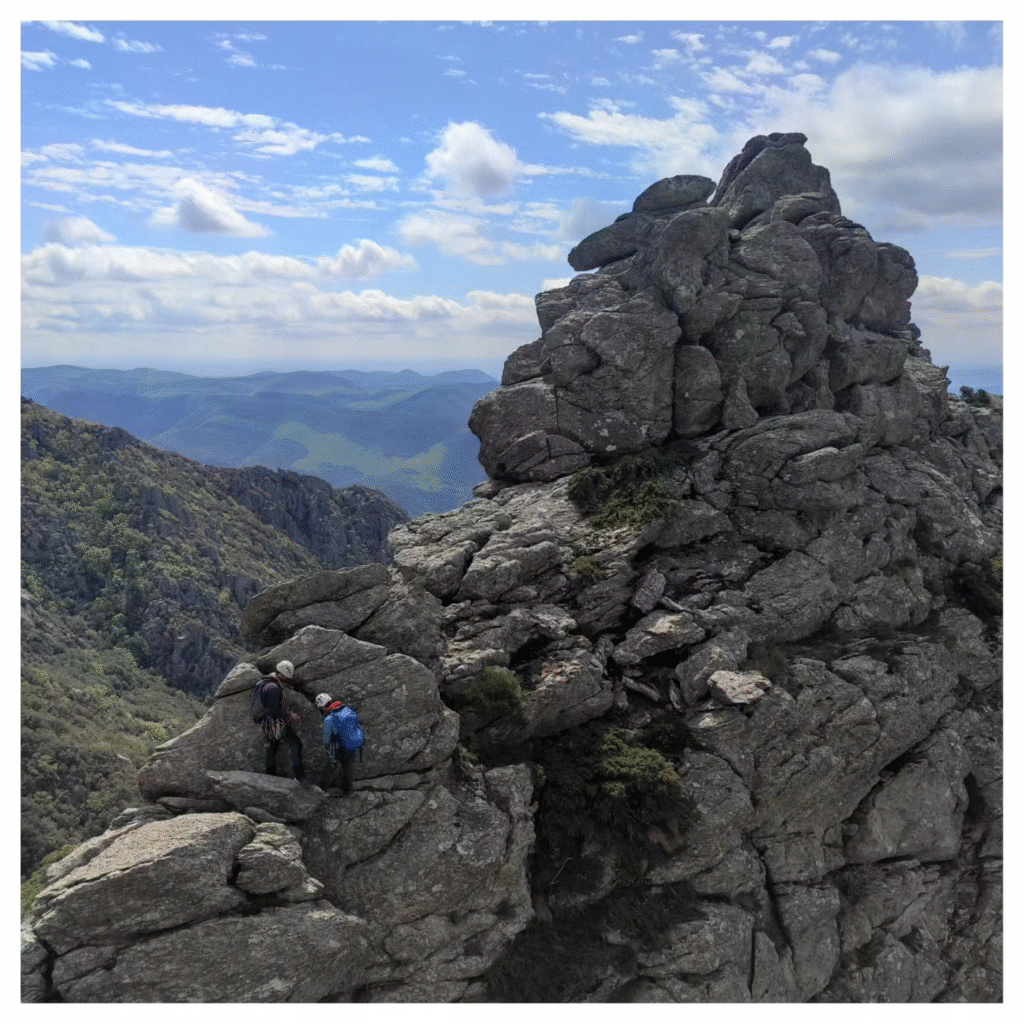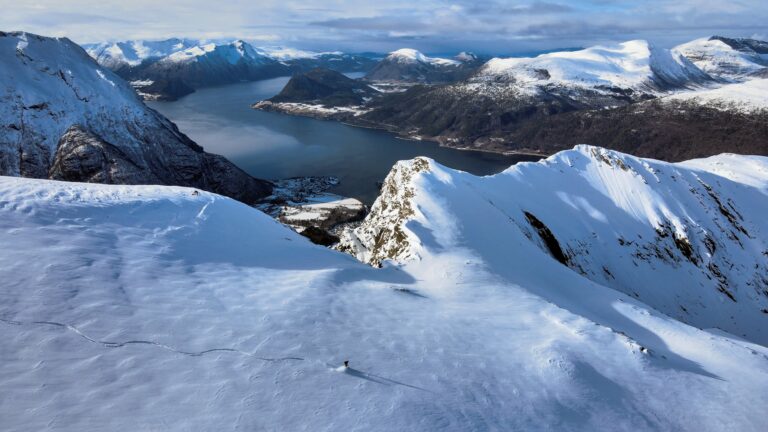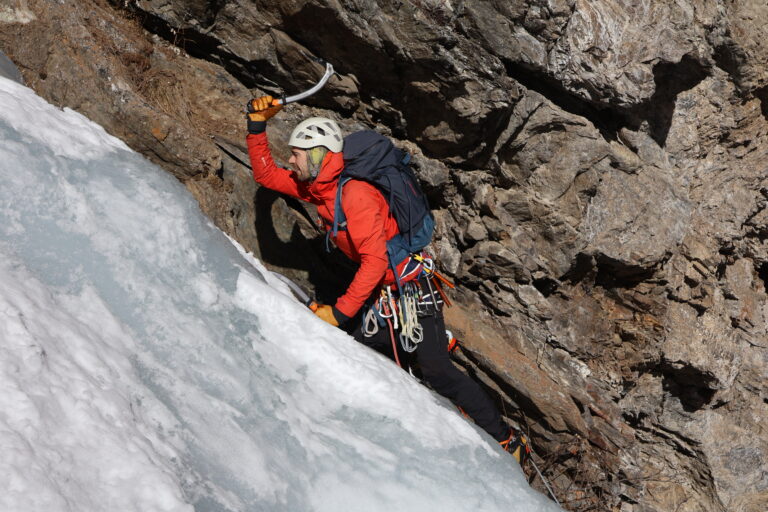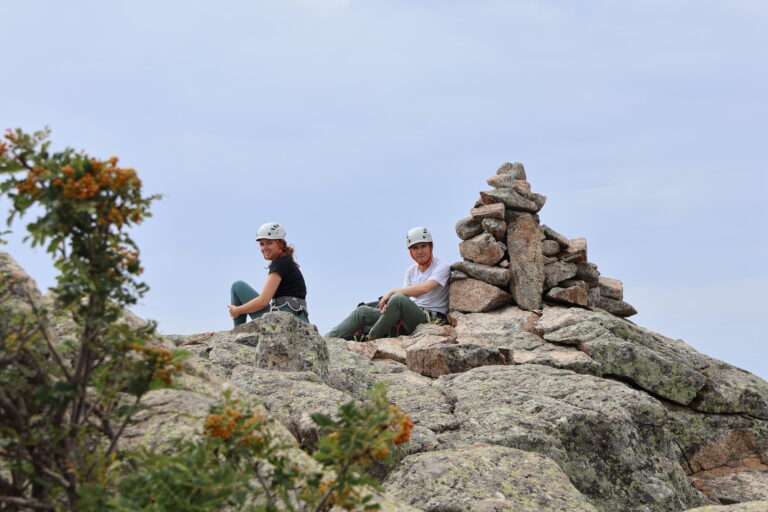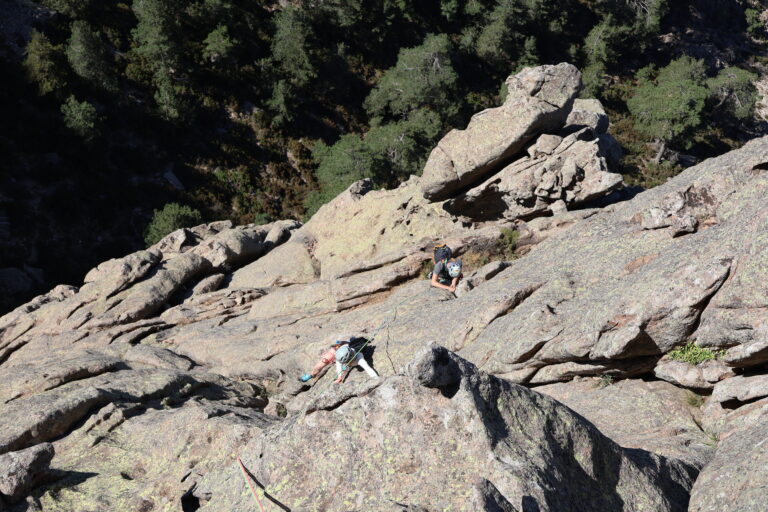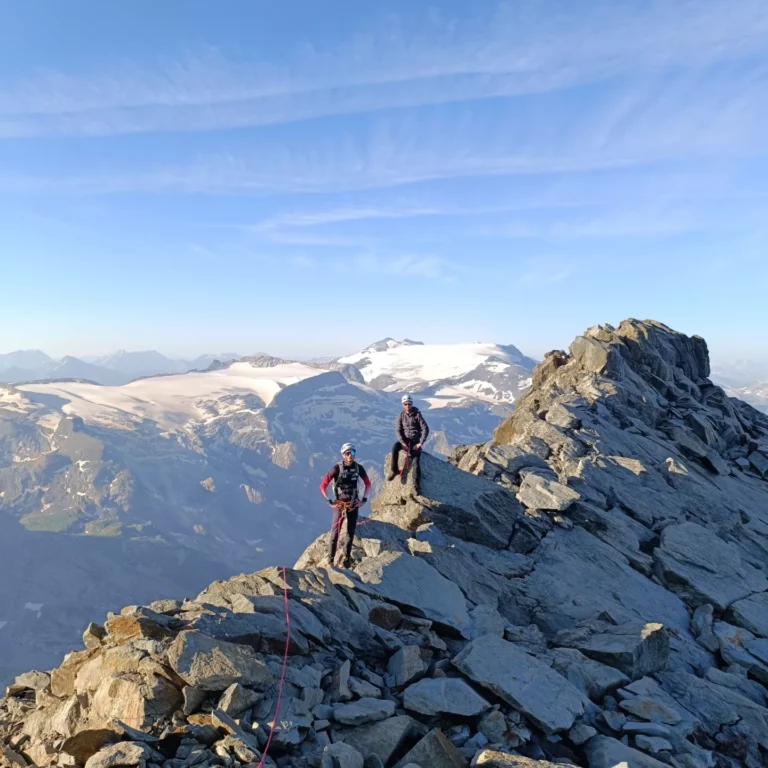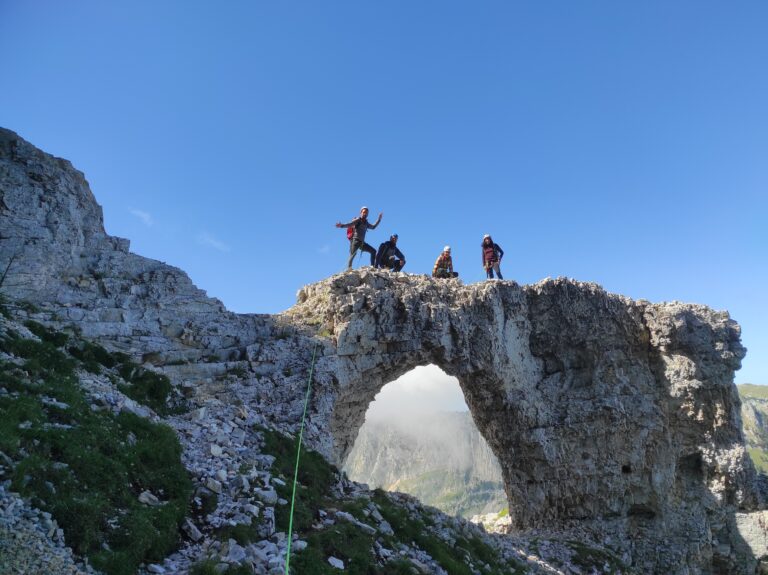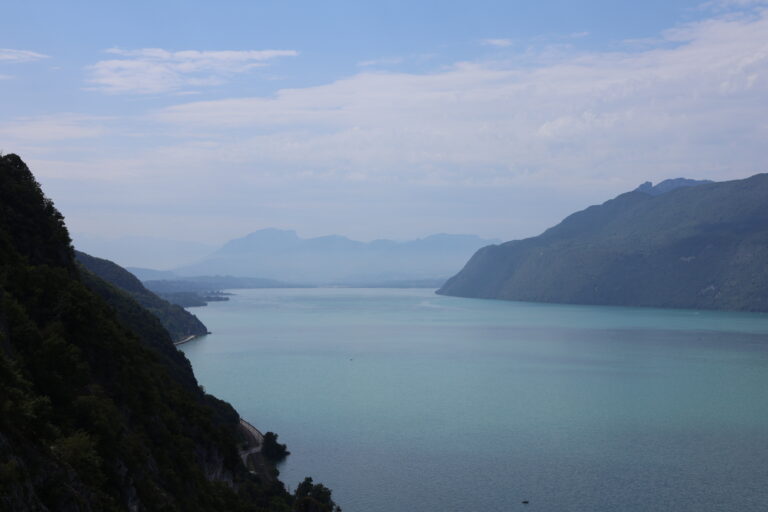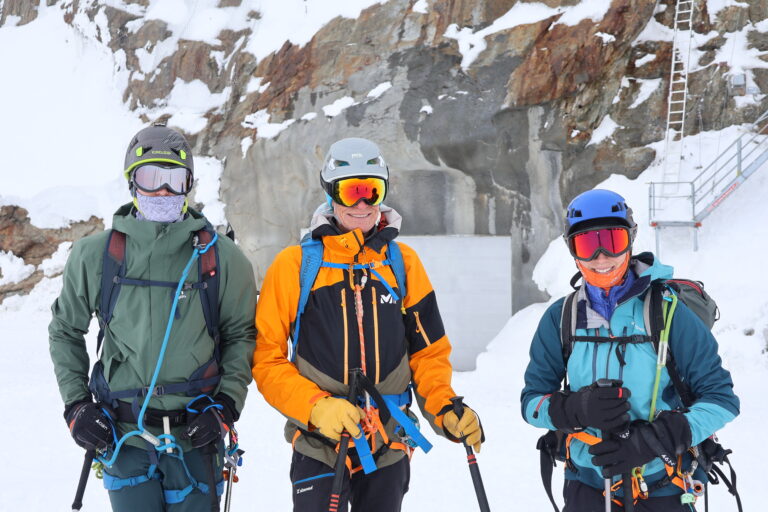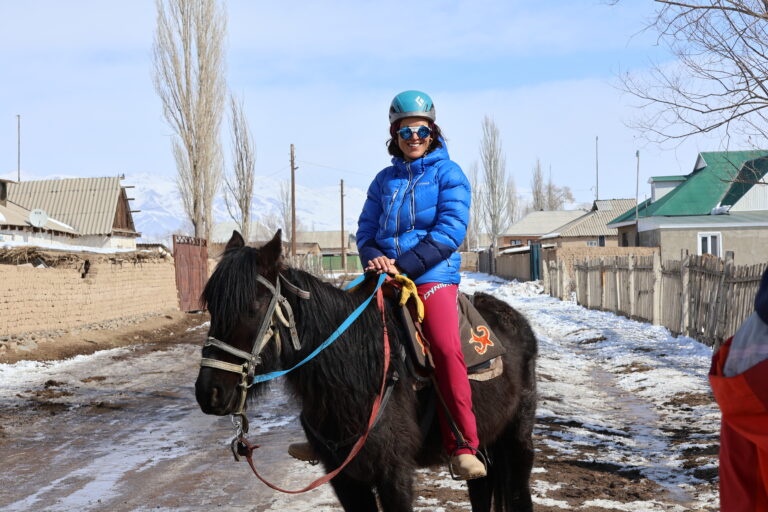The astonishing Caroux massif, rustic and wild, with granite and gneiss in the foothills of the Cévennes.
Far from the Alps and the snow-covered summits, the Héric gorges echo with the names of 20th century mountaineers. Even the great Desmaison came here to sign a crack in the Minaret.
Not far from Bézier, the mountains of the Hérault are bathed in mild temperatures. We're enjoying this pleasant spring climate. The sun drenches the Syrah, Grenache and Mourvèdre grapes of Saint-Chinian with sugar. We'll be tasting the wines in the cellar between two climbs.
Having come for 4 days of trad climbing, our eyes are riveted on the Aiguilles de Rieutord, on the left bank. Today, on one of the first cliffs in the valley, we're getting out all the hardware for a debut in the world of adventure climbing. Here, the cracks dictate the route and progress. Our friends, jammers and ballnuts rub up against the roughness of the gneiss crystals in the hope of providing reliable protection. Freed from the lines of bolts, we read the wall to mark out our route.
"A beautiful and varied ridge on very good rock. The hard or exposed pitches are equipped but the belays need to be built.
A very nice route for this second day, and not so short. We discovered the power of the Tramontane that day, which shook us on this pillar in the shade.
On Wednesday, we set off for the south-west ridge of the Aiguille Déplasse, but the guys made a mistake on the approach and we arrived at the foot of the Charbonniers ridge. It was still early, so we decided to try this first section, which precedes the ascent of the Déplasse in "the longest and most beautiful route in the massif". The entire route was an ambitious goal for our team. We reached the summit of the Grépon at around 3pm, after 7 hours of ridge climbing without a break. We could have continued the climb, continued to the top of the Aiguilles de Rieutord, finished the pitches and finished at night. There would have been an element of valour and 'until the end', but at what price? The pleasure of the day would have taken a big hit. Finishing on a high point at the razor's edge of the Grépon des Charbonniers, we preferred to end the day quietly over a tasting of Saint-Chinian wines, postponing the rest of the adventure until the following day.
Today, taking the steep path we'd found the day before on our descent, we climbed the attractive, compact and slender south-west ridge of the Aiguille Déplasse. The route is obvious, the rock healthy, compact and beautiful. At the top of the pillar, the ridge drops away, revealing the high plateaux to the north. A geological and topographical curiosity, the only landforms in the area are beneath our feet, patiently carved out by the torrent in the foothills of the Cévennes over millions of years. Looking down into the Héric gorges is like travelling through time. The rocks we're climbing on come from the Hercynian chain, an ancient high mountain range of which only remnants remain scattered around the world.
The first known ascent dates back to 1937 by Azéma, Niel and Roucaché. These were climbers I didn't know at first sight. Who were they? Obscure climbers from the region? On further research, I discovered that Viallat, Déplasse and Godefroy (the three Aiguilles de Rieutor) were the names of their first climbers between 1911 and 1919. But the real driving force behind the exploration and opening of routes in the Caroux was Dr Antonin Azéma, of the CAF Béziers-Caroux. A gifted ice climber, he used to climb with the guide Armand Charlet. He then went on to form a colourful team with the virtuoso rock climber Georges Fraissinet. Between them, they opened up a number of routes that were difficult for their time, and which remain benchmarks in the massif. Further east, behind Montpellier, they made mountaineering history at l'Hortus in 1947... by free-climbing France's first V+ route, which today would be considered 6b. Respect. It's vertiginous, in the heart of this massif that I only vaguely knew existed and where it was, some of the great names in mountaineering actually trained there! Earlier, I also mentioned Desmaison...
We stand satisfied at the summit of the Godefroy, with a bird's eye view of the gorges and ridges we've climbed. I'm proud of my three climbing companions: Antoine, Léo and Thomas. I've seen them progress in four days of intensive climbing. Putting on protection, belaying, managing the rope, reading the route, each route challenged them, pushed them to progress, and they were able to raise their level from day to day. Well done to them!

